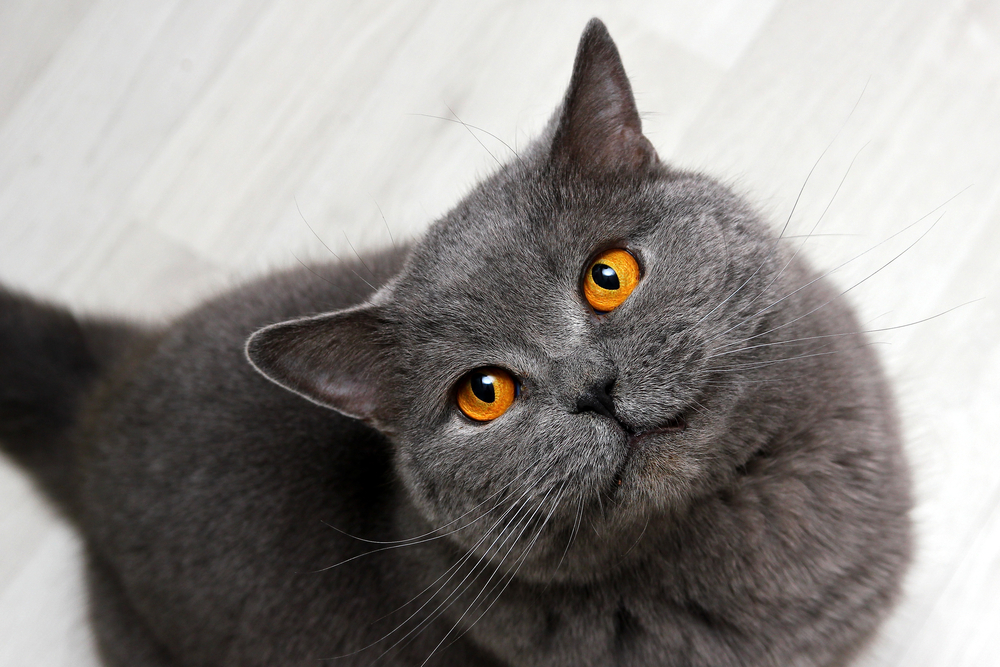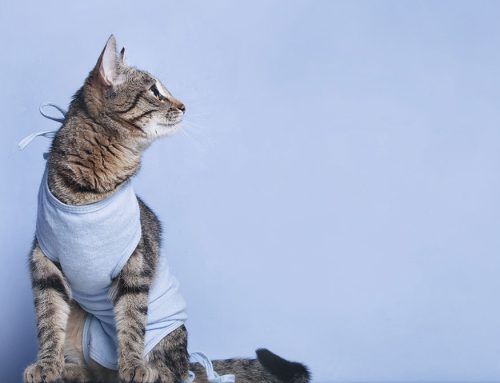Responsible cat owners often focus on their pet’s physical health and remember to keep examinations, vaccines, and groomings up-to-date. But, did you know that your pet’s environment also plays an essential role in his well-being? Studies show that providing a feline-friendly atmosphere contributes to physical, social, and emotional health by improving disease recognition, reducing stress, and strengthening bonds. Consider these six pillars of a healthy feline environment that you can introduce in your home.
#1: Provide a safe place for cats
For cats to feel safe and secure, they need areas in the home where they can retreat. Many cats choose to rest in high places, and prefer enclosures with a roof and walls that give them a sense of isolation, because in a cat’s mind, if he cannot see a perceived threat, he is more protected. Pet owners should provide several safe retreats, such as perches, hammocks, cat carriers, and cardboard boxes, at varied heights around the home. In multi-cat households, enclosures should have more than one entry so that each cat can move in and out freely.
#2: Designate areas for different activities
Rather than one designated area for all your cat’s needs, consider integrating their items throughout the home. Provide at least two feeding areas, two play and scratching areas, and two resting areas. In general, there should be one toileting area per cat, plus an additional one; for example, a three-cat household should have a minimum of four litter boxes, if possible. Allowing multiple choices for daily activities reduces feline stress and competition among other household cats, pets, and humans. Blending these activities with the rest of the home enlarges your cat’s environment, allowing him to explore, exercise, and feel unchallenged.
#3: Allow cats the opportunity for play and predation
Mental stimulation and play are extremely important in any species. Cats are natural predators, with an innate sense to stalk, hunt, and capture their food, and pet owners need to give them the opportunity to practice these behaviors. Make your cat work for his meals with puzzle feeders, or by scattering his food for him to chase. Use wand toys with feathers or small attachments to mimic a hunt, always ensuring your cat captures his “prey.” Larger, soft toys also can be used for your cat to rake and pounce on to imitate hunting. Provide a variety of toys and opportunities for this important activity and reward your cat during the process.
#4: Provide surfaces for your cat to scratch
Scratching is a natural feline behavior that can frustrate many cat owners. But, if cats are provided with appropriate scratching surfaces, they’ll be less likely to inappropriately scratch your couch, rug, or drapes. Cats enjoy tall and sturdy vertical scratching posts as well as horizontal scratching surfaces. If you notice your cat inappropriately scratching, pick him up and place him next to one of his designated scratching surfaces. When he scratches where he’s supposed to, reward him with a favorite treat and praise.
#5: Implement social interaction

While some may appear aloof or anti-social, domestic cats are companion animals who benefit from social interaction with humans. Every cat is different—some are content on your lap for hours, while others prefer short, frequent caresses. No interaction should be forced, but all cats require some form of daily social interaction. Allowing your cat to initiate this process ensures he is ready, relaxed, and willing to socialize. Implementing frequent socialization and handling as kittens helps them become adults with more positive behaviors and reduced fear.
#6: Respect cats’ sense of smell
Cats use their strong olfactory senses to pick up information about their environment, and familiar scents make them feel comfortable and secure in their surroundings. Cats who smell unfamiliar or threatening odors can become uneasy and may develop medical and behavioral conditions, such as cystitis or inappropriate urination. Respect your cat’s sensitive nose by using unscented cleaning products and staying away from scented candles and other paraphernalia. You can use pheromones, which are species-specific chemical signals that help pets feel environmentally secure. Cats release these scents via facial rubbing and scratching, so wash these areas sparingly to allow some to retain the scent. For particularly sensitive cats, you can purchase feline pheromone sprays and diffusers, like Feliway, to encourage healthy behavior in the home.
For more information about the importance of a healthy feline environment, visit here and here. Contact our veterinary team if you have questions or concerns about your cat’s health.







Leave A Comment